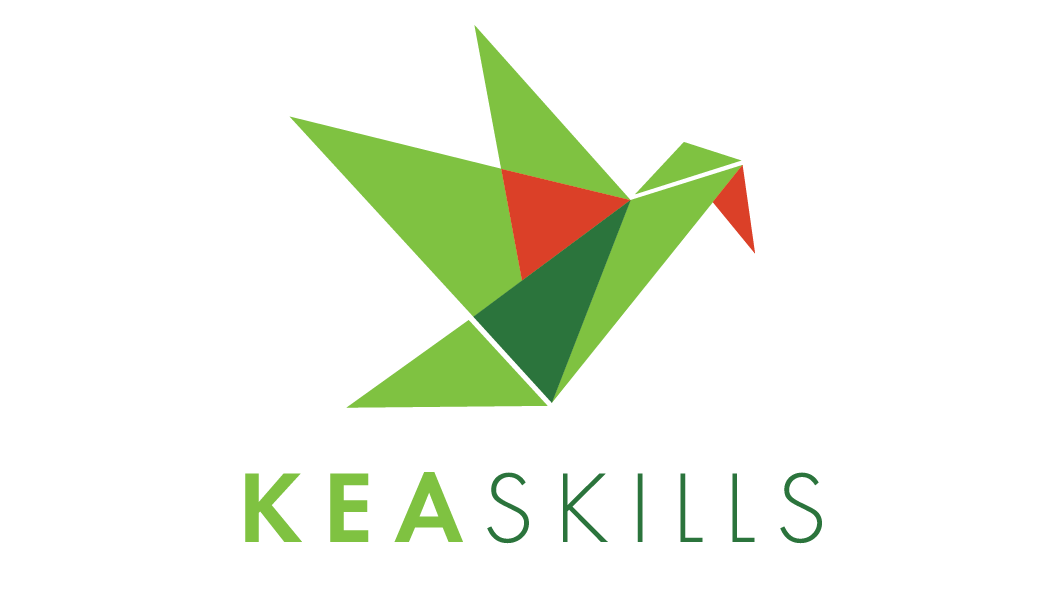The latest film from Marvel Studios, Guardians of the Galaxy, features a posse of quirky, downtrodden, wannabe heroes — far from Marvel’s typical leading lights. One of its main characters is a cynical, computer-generated raccoon voiced by Bradley Cooper. Guardians is a cleverly written comic-book movie that’s sometimes a parody of its genre, other times a straight-faced action flick.
And over Labor Day weekend, it became the top-grossing movie at the U.S. box office so far this year, earning more than $260 million. It looks like this band of outcasts will be the foundation for a new Marvel franchise.
Action movies seek a difficult balance between giving audiences what they expect and surprising them with something new. At best, you get Heath Ledger’s performance as the Joker in The Dark Knight; at worst, you get X-Men Origins: Wolverine, which Roger Ebert summarized thus: “No lessons to learn. No joy to be experienced. Just mayhem, noise and pretty pictures.”
The same complex balancing act happens in businesses of all types. Replication is such a time-tested and popular avenue for growth that we take it for granted. The last time the Census Bureau published a study on franchises, in 2010, it reported that more than one in 10 businesses, in nearly 300 categories it surveyed, were franchise establishments. Yet replication, as Marvel and its parent, the Walt Disney Co., have learned over the years, can be harder than it looks.
Repeat yourself too often and customers will declare you boring. Take a risk in the wrong direction, or fall short of minimum expectations, and customers will be confused and disappointed.
The trickiest move in management is knowing when — and how — to both replicate and innovate. We used to equate replication with management: executing a defined template once the strategy had been determined. Innovation, on the other hand, fell into the realm of leadership: forging new territory, giving people what they didn’t know they needed.
We should stop thinking of replication and innovation as opposites. In practice, the boundaries between these two areas are fluid, as businesses refine their models, extend them into new categories or geographies, and then rebuild those models in response to competition or other factors.


